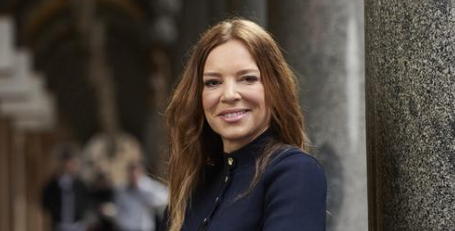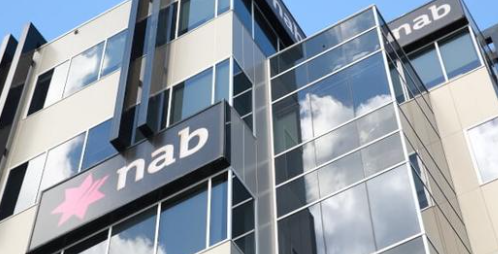Despite rising home values, new home lending volumes dropped in December 2023, new ABS figures have shown.
According to new statistics from the Australian Bureau of Statistics (ABS), the value of new mortgage lending dropped to $26.3 billion in the month of December compared to $27.3 billion the previous month.
Moreover, the latest Lending Indicators data from the ABS reveals that mortgage values dropped for the first time in five months.
When looking at new lending values for the full calendar year 2023, volumes fell by 14.2 per cent to $298 billion, compared to the $348 billion of new mortgages written in 2022.
In original terms, average loan sizes for owner-occupier dwellings reached a new record high of $624,000 in December 2023, a 2.6 per cent increase at the national level.
Which borrower segments were most active in December?
Investor loan commitments dropped 1.3 per cent in the month, while owner-occupier loan commitments fell 5.6 per cent in the month.
Fewer first home buyers (FHBs) were in the market in December, with a decrease of 8.4 per cent in the number of loans in December 2023.
However, the 9,491 FHB loans written represented an increase of 12.9 per cent increase on December 2022.
The total flow of housing loans to FHBs was $55.3 billion over the year, only 3.3 per cent lower than in 2022.
The value of FHB loans written in December fell by 5.5 per cent in the month to $4.8 billion, but was up 21.0 per cent over the year.
On the interest rate front, new variable-rate loan commitments fell by 5.3 per cent (at $49.4 billion in the month), while new fixed-rate loan commitments fell by 1.8 per cent in December 2023 to just $1.03 billion.
This marked the lowest value of fixed-rate loan commitments for over five years.
Fixed-term personal loans dropped 2.4 per cent to $2.3 billion over the month, largely driven by a 4.9 per cent fall in lending for the purchase of road vehicles.
Year on Year increases
Despite the fall – the total value of new loan commitments for housing was $26.3 billion in December, an 11.7 per cent increase when compared to what was originated in December 2022.
The comeback of investors into the market was prevalent in the data, with the value of investor loans up 20.4 per cent in December 2023 when compared to December 2022 figures, at $9.50 billion.
Indeed, the proportion of loans to investors has risen from 27.3 per cent in December 2019 to 35.5 per cent in December 2023, signifying a shift in the mortgage lending landscape over the years.
Owner-occupier loans were up 7.4 per cent on December 2022 levels, at $16.7 billion.
The statistics reflected the strong demand for property in 2023, which resulted in house prices rising by 8.1 per cent, according to CoreLogic figures.
Dr Mish Tan, ABS head of finance statistics, commented: “While the value of investor and owner-occupier loans fell in the month of December, through the year growth was 20.4 per cent for investor loans and 7.4 per cent for owner-occupier loans.”
Economists ‘surprised’ by softer December figures
Reflecting on the 4.1 per cent drop in home lending values over the month of December, Westpac’s senior economist Matthew Hassan said the ‘surprise’ fall was a reflection of affordability constraints impacting borrowers.
“The total value of housing finance approvals posted a surprise 4.1 per cent fall in Dec, reversing about a third of the strong surge seen over the four months,” he said.
“Weakness in the month centred on owner-occupiers. The RBA’s Nov rate hike likely had some impact in the month.
“While we should always be careful when interpreting housing data over the Dec–Jan period, the update adds to evidence from the latest figures on prices and turnover that housing market momentum has slowed and that affordability pressures are starting to bite. That said the total value of housing finance approvals is still up solidly over the year, +11.7 per cent [year on year].”
ANZ’s Adelaide Timbrell said that despite the softer December figures, the ABS stats showed strong performance of the quarter, which was at a two-year high.
She noted that new home lending (excluding refinancing) grew 8.3 per cent quarter on quarter, the biggest quarterly lift since Q1 2021.
“A decrease in sales volumes in early 2024 will limit growth in housing lending in the near term,” she added.
Reacting to the figures, Harry Ottley, an economist at the Commonwealth Bank of Australia (CBA), stated: “While new housing lending finished the year on a softer note, the flow of credit has steadily increased through most of 2023 albeit with some choppy months.
“The pace of growth increased in the second half of the year, in line with the stock of listings for sale increasing from subdued levels. The lack of listings was a key reason why dwelling prices rose more than the rise in new lending would have suggested in 2023.
“Despite the RBA increasing the cash rate by 125 bps, strong underlying demand for housing met constrained supply and supported the rise in dwelling prices.”
He added that lending to first home buyers may have been supported by “the extremely tight rental market and consequent higher rents”.
“Worsening affordability may also be incentivising first home buyers to act sooner to avoid prices rising further. It is worth noting however that lending to first home buyers saw a comparatively bigger fall in 2022 which had an impact on last year’s growth rates,” he said.


